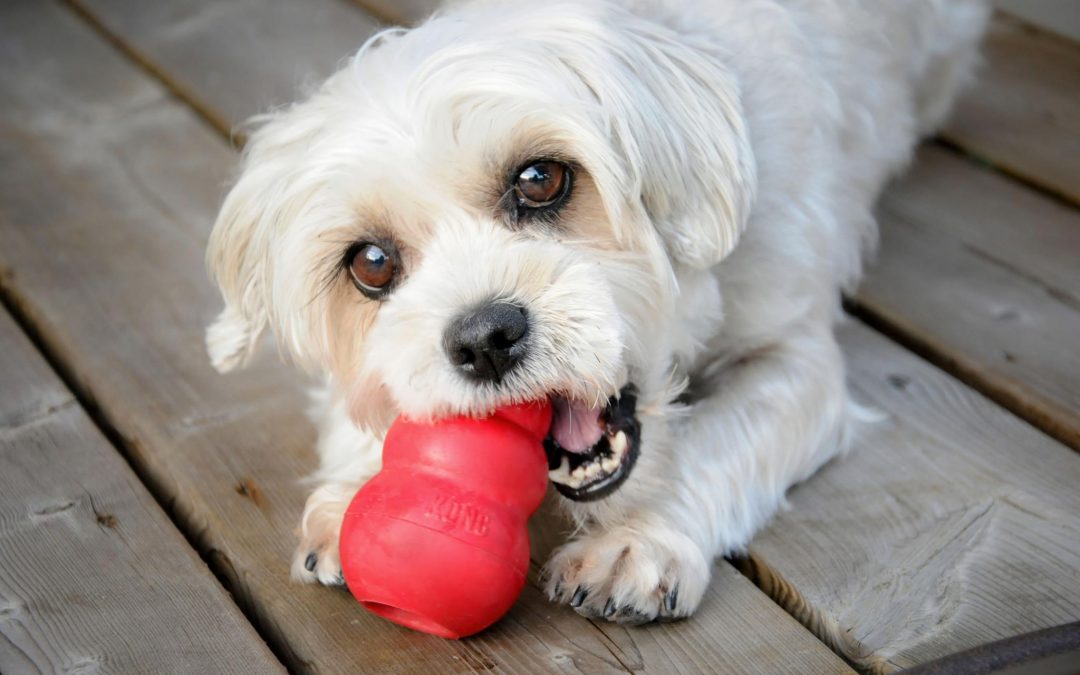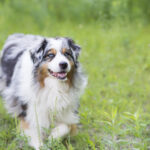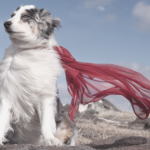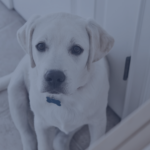As dog trainers, clients call us in to solve problems both big and small. Often, we need to triage, managing some behavior problems until we work through others of greater importance. We often suggest adding enrichment to a dog’s routine right off the bat, for good reason.
While enrichment can definitely help manage behavior problems, that’s not always the primary reason I suggest it. Enrichment is my favorite go-to because it allows dogs to be dogs and can help people see their dogs engaging in species-appropriate behaviors in a more positive light. (“Oh! She really does love to chew! She carries her new Nylabone everywhere with her! I thought she just really loved my shoes!”).
Let’s visualize dog trainers’ three main strategies as buckets:
Training—skilled trainers do everything from building basic behaviors to modifying behavior problems to changing emotional responses in fear and aggression cases.
Management—sometimes management allows us to prioritize (see triage, above), sometimes it’s a behavior modification adjunct to protect progress, and sometimes it’s the whole solution.
Enrichment—providing legal and fun outlets for normal dog behaviors is crucial to the dog’s welfare.
For me, enrichment not only has its own bucket but it also helps fill the other two with good stuff.
Enrichment is an item in the training bucket because it provides mental and physical stimulation to dogs. Force-free training, in which behaviors are taught according to what the dog can do now, in incremental steps, can be especially enriching for dogs because the lack of coercion makes the dog a happy, willing participant.
Enrichment goes into the management bucket because through the use of puzzle toys, flirt poles, fetch games, etc., we can offset the boredom that leads to behavior problems. Which dog is more likely to bark at people and dogs walking past the window, the one who looks outside all day while lying on the couch or the one who is too busy kicking around a Snoop to care?
And enrichment has its own bucket because all dogs need something to do. When I worked at Women’s Humane Society, one of my favorite things was hanging out with an adoptable dog in my office. Because we couldn’t have dogs jumping on staff members, barking out windows or stealing papers from desks, I provided a wide variety of enrichment items. These included Nylabone-type chews, plush toys and work-to-eat toys.

It was always interesting to see what dogs chose, because dogs do have preferences. Knowing those preferences made it easier to keep dogs engaged and out of trouble. Some dogs seemed to enjoy dissecting stuffies more than they enjoyed bones or food toys. Some dogs got bored easily, so variety proved to be the spice of life. Enrichment also saved a great number of dogs from being banned from the office area, which allowed for some true rest. Once a dog spends all of his energy playing, they’re not a nuisance in the office. Rest is as important to shelter dogs as anything else.
I am often struck by how amazed people are at the effects of enrichment on a dog’s behavior. A demand-barking Aussie once spent an entire consult kicking around a Buster Cube instead of barking at us, which her owner was certain she would do. I showed up with a few work-to-eat toys, we auditioned them, and the Buster Cube was the big winner. We gave a pushy, fight-instigator French Bulldog a puzzle toy for meals (in a separate room), to pre-empt scuffles during mealtime. This gave her housemates a chance to eat in peace, and gave her the chance to get some mental stimulation and be less worried about what everyone else was doing and how much of their meals she could steal. A scent-obsessed Beagle (shocking, I know) with a tendency to wander was taught an out-of-sight sit-stay while her owner hid kibble throughout the house, so meals now give her the opportunity to use her high-powered nose. A seemingly spring-loaded hound mix was taught to enjoy a flirt pole, with rules for taking and dropping the toy on cue, to build impulse control, and now he can jump legally. A bright and busy pit bull went through all levels of manners training, earned his CGC, and delights his owner and her friends with what he learned in tricks class. The list goes on and on.
Enrichment changes lives for the better and that applies to humans as well as dogs. Many dog owners don’t realize that many of the things they see as behavior problems are actually normal behaviors which can be given permissible outlets. Part of our jobs as dog trainers is to normalize behavior. Enrichment gives us the perfect opportunity to do this and improve a dog’s quality of life. As far as I am concerned, that is no small accomplishment.
